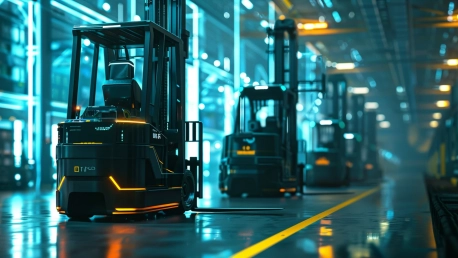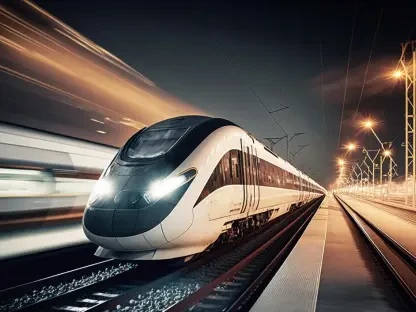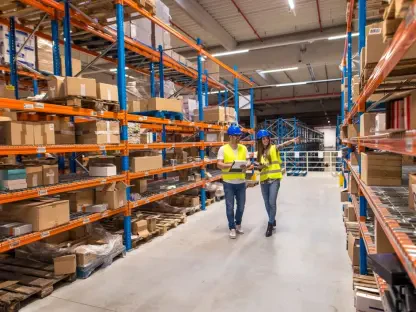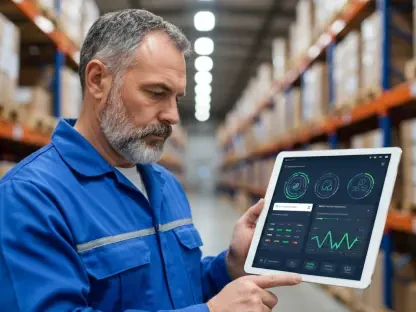In a pivotal moment for warehouse logistics, Third Wave Automation has announced its latest breakthrough, the Armada Fleet Management System (FMS). This comprehensive system is engineered as a critical element of the Shared Autonomy Platform, specifically tailored for the management of autonomous high-reach forklifts within the demanding environment of modern warehouses. Armada FMS distinguishes itself by offering a unified interface that enables operators to seamlessly manage a fleet of TWA Reach and TWA Extended Reach forklifts, thereby enhancing both safety metrics and workflow efficiency. This system stands to transform the traditional warehouse landscape by significantly reducing the prevalent challenges associated with labor costs and turnover rates.
Addressing Labor Challenges and Enhancing Efficiency
The warehousing industry is currently grappling with labor costs that have spiraled an astonishing 80% in the past five years, compounded by a staggering monthly staff turnover rate of 30%. Against this backdrop, the introduction of the Armada FMS comes as a salve, potentially revolutionizing how warehouse operations are managed. Through its Shared Autonomy feature, the platform facilitates streamlined workflows by effortlessly adapting to diverse racking configurations and handling an array of warehouse workflows. The results include a substantial reduction in the time-lags often associated with pallet movement and throughput, directly addressing the pain points linked to workforce challenges.
Innovative Features of Armada FMS
Third Wave Automation has unveiled the Armada Fleet Management System (FMS), a major innovation in warehouse logistics specifically designed for autonomous high-reach forklift operations. Integral to the Shared Autonomy Platform, the Armada FMS provides a cohesive interface to manage a fleet of autonomous forklifts, including the TWA Reach and Extended Reach models. It promises to revolutionize warehouse operations by ensuring improved safety and efficiency. The system addresses key issues such as high labor costs and labor turnover and is set to redefine the infrastructure of contemporary warehousing by automating complex logistics and streamlining material handling processes. This advancement signifies a significant step forward in the automation of warehouse logistics, setting a new standard for the industry.









